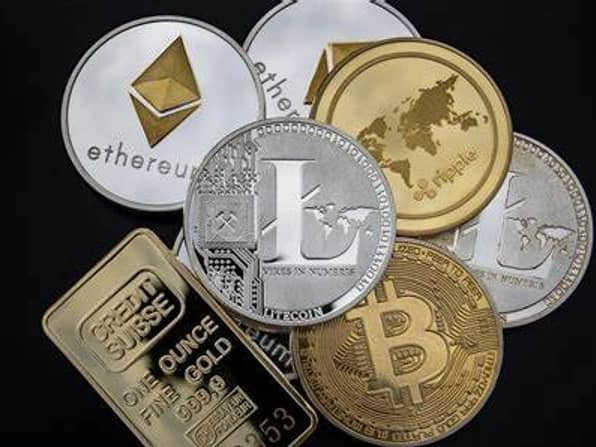Subscribe to wiki
Share wiki
Bookmark
Trading Fee
The Agent Tokenization Platform (ATP):Build autonomous agents with the Agent Development Kit (ADK)
Trading Fee
Trading fee is a commission charged by a cryptocurrency exchange for the purchase or sale of cryptocurrencies. Trading fees are typically expressed as a percentage of the transaction value, an exchange might charge between 0.1% to 1.5% fee per trade.[2]
Overview
Trading fees vary depending on the exchange platform used and can be calculated in different ways. These fees serve as a primary source of revenue for exchanges, as they facilitate the smooth functioning of trading platforms and contribute to their sustainability. Some exchanges charge a flat fee per trade, while others use a tiered fee structure based on trading volume. Cryptocurrency exchanges calculate fees using a flat fee or a tiered fee structure. Flat fee is a fixed amount paid for each transaction, regardless of the transaction size. Tiered fee structure charges different fees based on the trading volume.[1]
The majority of cryptocurrency exchanges use a tiered maker-taker fee structure. This means that the trading fees charged are based on the user's trading volume over a specified period of time. For example, a user with a trading volume of less than 10 BTC per month might pay a 0.15% maker fee and a 0.20% taker fee. However, a user with a trading volume of over 100 BTC per month might pay a 0.05% maker fee and a 0.10% taker fee.[3]
Types of Trading Fees
Crypto trading fees are costs incurred by traders for executing buy or sell orders on cryptocurrency exchanges. There are two main types of trading fees: maker fees and taker fees. Maker fees are charged to users who create orders that add liquidity to the market, while taker fees are charged to users who take liquidity from the market, such as market orders.[2]
Maker Fees
Maker fee is a fee charged by an exchange to a trader who places an order that is not immediately filled. These orders are known as "maker orders" [3]because they add liquidity to the exchange's order book. Exchanges reward makers with lower fees as they contribute to the liquidity of the market. Lower maker fees incentivize traders to provide liquidity, promoting a healthier trading environment. Maker fees are typically lower than taker fees and they can be avoided by placing limit orders instead of market orders, or by placing orders during periods of low trading volume. Some exchanges offer volume-based discounts on maker fees, this means that the more the trade on the exchange, the lower the maker fees will be. [4]
Taker Fees
Taker fees apply when a trader places an order that matches an existing order on the order book, thereby "taking" liquidity from the market. Taker fees are charged to traders who place orders that are immediately filled. These orders are known as "taker orders"[3] because they remove liquidity from the order book. Taker fees are typically higher than maker fees because they remove liquidity from the exchange's order book. Taker fees cannot be avoided, as they are charged on all orders that are immediately filled. Some exchanges offer volume-based discounts on taker fees. This means that the more trade on the exchange, the lower the taker fees will be.[4]
Withdrawal Fees
Cryptocurrency exchanges charge withdrawal fees when users move their funds from the exchange to their personal wallets or an external wallet. These fees cover the cost of blockchain network transactions required for transferring the assets. Withdrawal fees vary depending on the cryptocurrency being withdrawn and the exchange's policies.[3]
Factors Influencing Crypto Trading Fees
Several factors contribute to the determination of trading fees in the crypto market:
- Exchange Type: Different types of exchanges exist, ranging from centralized exchanges (CEX) to decentralized exchanges (DEX). CEX platforms typically have higher trading fees due to the centralized control and infrastructure costs involved, while DEX platforms may have lower fees, as they do not require extensive maintenance.
- Trading Volume: High-volume traders often enjoy reduced trading fees due to their significant contributions to the exchange's liquidity and revenue. Exchanges may offer tiered fee structures, rewarding active traders with lower fees based on their trading volume.
- Crypto Asset: The trading fees can vary based on the specific cryptocurrency being traded. Less liquid or smaller market cap cryptocurrencies may have higher fees compared to more popular assets like Bitcoin or Ethereum.
- Payment Method: Some exchanges offer discounts on trading fees for using specific payment methods, such as using their native tokens or stablecoins.
See something wrong?
The Agent Tokenization Platform (ATP):Build autonomous agents with the Agent Development Kit (ADK)
